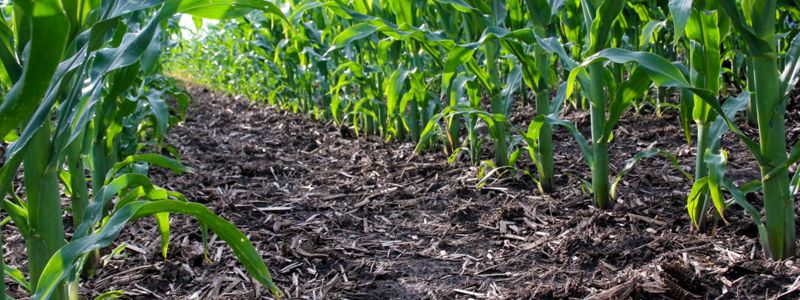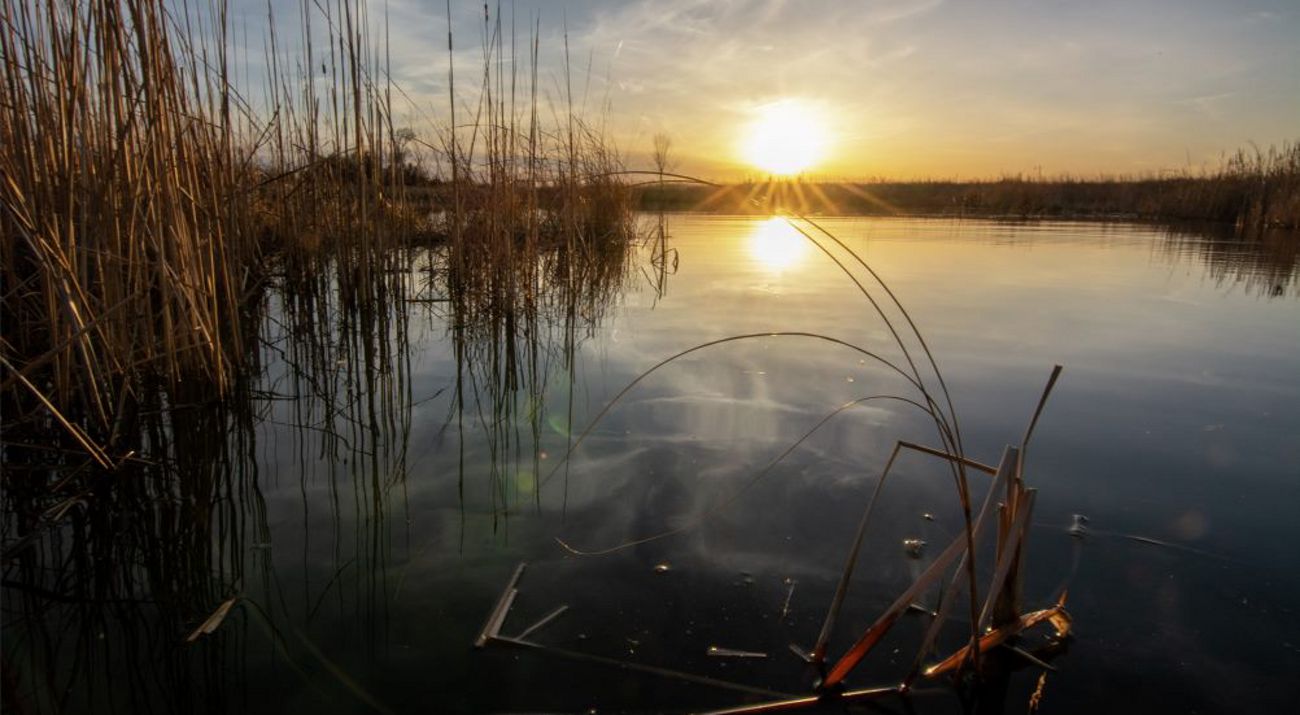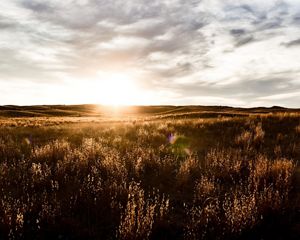Food demand is expected to increase by more than 50% in the next 30 years as the world’s population continues to grow. That amounts to additional pressure on the farms and ranches that cover 91% of Nebraska’s total land area.
In Nebraska, The Nature Conservancy is deploying science, tools and partnerships to help farmers meet this challenge.
Farmers can build rich, fertile soils that will grow robust crops, all while protecting water sources, storing carbon, reducing greenhouse gas emissions and creating fields that are more resilient to extreme weather events. Win-win!
The Nature Conservancy offers technical and cost-share assistance, removing barriers for the adoption of practices like maintaining living roots in soils (cover crops), minimizing tillage or disturbance (conservation tillage or no-till), increasing crop diversity (new crops or rotations) and irrigating and applying nutrients more efficiently.
Farmers are among our greatest conservation allies. We are proud to work side-by-side with the families caring for our natural resources. In Nebraska, we’ve been working on the science of sustainable farming since 1994. Today, we provide prototypes for the kind of agriculture needed to sustain both people and nature, so as rapid change comes, there are tested tools at the ready.
Nebraska Agriculture by the Numbers
-
1 in 4
Nebraskans are employed in ag-related jobs
-
#1
in irrigated land; Nebraska has more than any other state
-
#2
in beef; only Texas has more cattle
-
44,800
farms and ranches
-
45.2 M
acres of agriculture land
Farming the Blue River
Across Nebraska, nitrate concentrations are found in excess of EPA drinking water standards in over a third of groundwater wells. This is a threat to human and habitat health.
In 2023, TNC is responding with a new program. The Big Blue River watershed includes nearly two million acres of cropland in southeast Nebraska. This region is a hotspot for nitrate contamination. The Farming for the Blue River Project is designed to abate freshwater nutrient pollution by teaming up with farmers to implement nutrient management practices on their farms.
TNC and partners will provide a combination of financial and technical assistance to area farmers, teaming up to co-create new nutrient management regimes based on the best available science and each farm's operational realities.
Abating this freshwater nitrogen pollution will improve the well-being of human and nonhuman life alike. Locally, groundwater supplies 90% of Nebraskans' drinking water, a number that rises to nearly 99% outside of major urban areas.
Nitrate-contaminated drinking water in Nebraska is thought to be linked to increased incidence of cancer, adverse birth outcomes, heightened morbidity and other health impacts.
Reducing fertilizer application also represents a financial gain for farmers: in the Midwest, it is estimated that over-fertilization costs farmers up to $485 million annually. At the conclusion of this program, TNC will share program insights, working to scale solutions statewide and beyond.
Two TNC-led Platte River irrigation projects saved water, time and money without reducing yield.
Nebraska is truly the Cornhusker State! Forty percent of the nation’s irrigated corn is sourced from Nebraska—Nebraska has the most irrigated land among all U.S. states, with 8.6 million acres of irrigated cropland, accounting for 14.8% of all irrigated cropland in the United States. Irrigation accounts for 90% of consumptive water use in the state. Interest in sustainable practices is higher than ever, and so are the costs associated with irrigation. Everyone—growers, the supply chain, consumers, conservationists—wants to conserve water.

The Western Nebraska Irrigation Project (WNIP)
In 2014, TNC recruited stakeholders from Coca-Cola, John Deere, McDonald's and the World Wildlife Fund to contribute resources to launch the Western Nebraska Irrigation Project along a 20-mile stretch of the South Platte River valley west of Ogallala, Nebraska.
Director of Agriculture Jacob Fritton provided training to farmers on how to use soil moisture probes, pivot telemetry and weather stations. They learned to fine-tune irrigation across their fields, enabling them to reduce their pumping by about 20%. Over a three-year period, they conserved 1.75 billion gallons of water—about 2,651 Olympic swimming pools!
That’s good for the ecosystem, but it is also good for farmers’ bottom lines. Technologies help farmers save time and labor, and pumping water takes a lot of energy, so reducing pumping saves money.
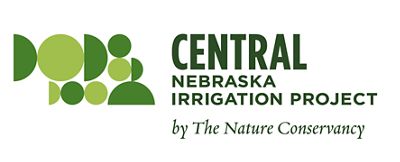
The Central Nebraska Irrigation Project (CNIP)
Taking lessons learned from WNIP, CNIP was launched in 2018. It was a collaboration with Nestlé-Purina, Cargill, the Central Platte Natural Resources District and producers in Nebraska’s Central Platte Valley aimed to reduce water-use intensity in the beef supply chain.
CNIP provided farmers with a suite of irrigation technology: flowmeters, weather stations, pivot telemetry and soil moisture probes. Just as importantly, TNC and the Central Platte NRD provided technical support, training and a platform for peer-to-peer information exchange and mentoring. In exchange, producers provide feedback and data to better understand the benefits of precision irrigation.
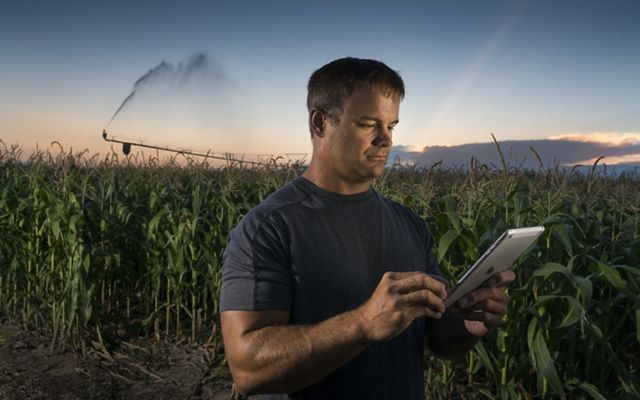
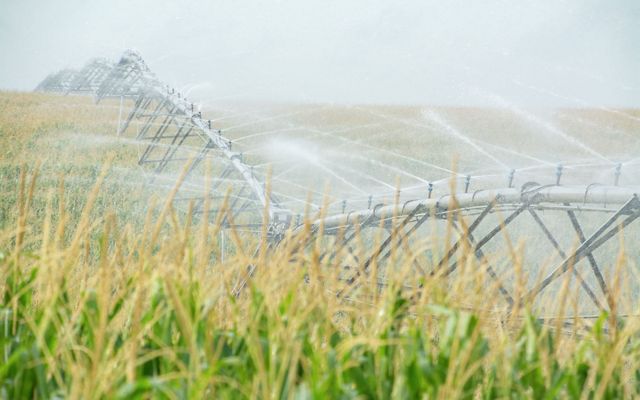
When we talk about feeding our families and growing food, people realize that conservation often starts under our feet.
Healthy soil is the foundation of all civilizations. One of the most diverse habitats on earth—and one of the planet’s largest reservoirs of carbon—healthy soil is crucial for agriculture production, clean and abundant water supplies and a stable climate.
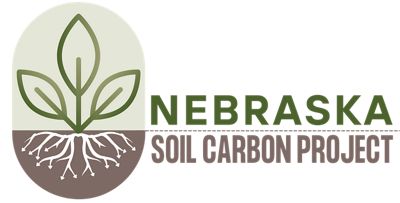
The Nebraska Soil Carbon Project
Launched in 2022, the Nebraska Soil Carbon Project is a Nature Conservancy-led public-private collaboration with the Natural Resources Conservation Service (NRCS), the Upper Big Blue and Central Platte Natural Resource Districts, the Ecosystem Services Market Consortium (ESMC), Cargill, Target and McDonald's.
In croplands, soil health practices speed up carbon inputs to the soil and simultaneously decrease the rate of carbon losses from the soil to the atmosphere. Keeping more carbon cycling for longer belowground is what makes soils healthy, resilient and climate-smart.
Farmers participating in this project can receive funds for implementing practices through their local NRCS office as part of a Regional Conservation Partnership Program. They also have the opportunity to be part of an ESMC pilot project to learn more about how soil health practices impact their field’s soil carbon. Pilot project farmers are paid on an acreage basis for participation. This guaranteed by-acre rate provides the farmer with a low-risk opportunity to explore how these programs may fit into their operation.

Nebraska News
Sign up to receive monthly conservation news and updates from Nebraska.
